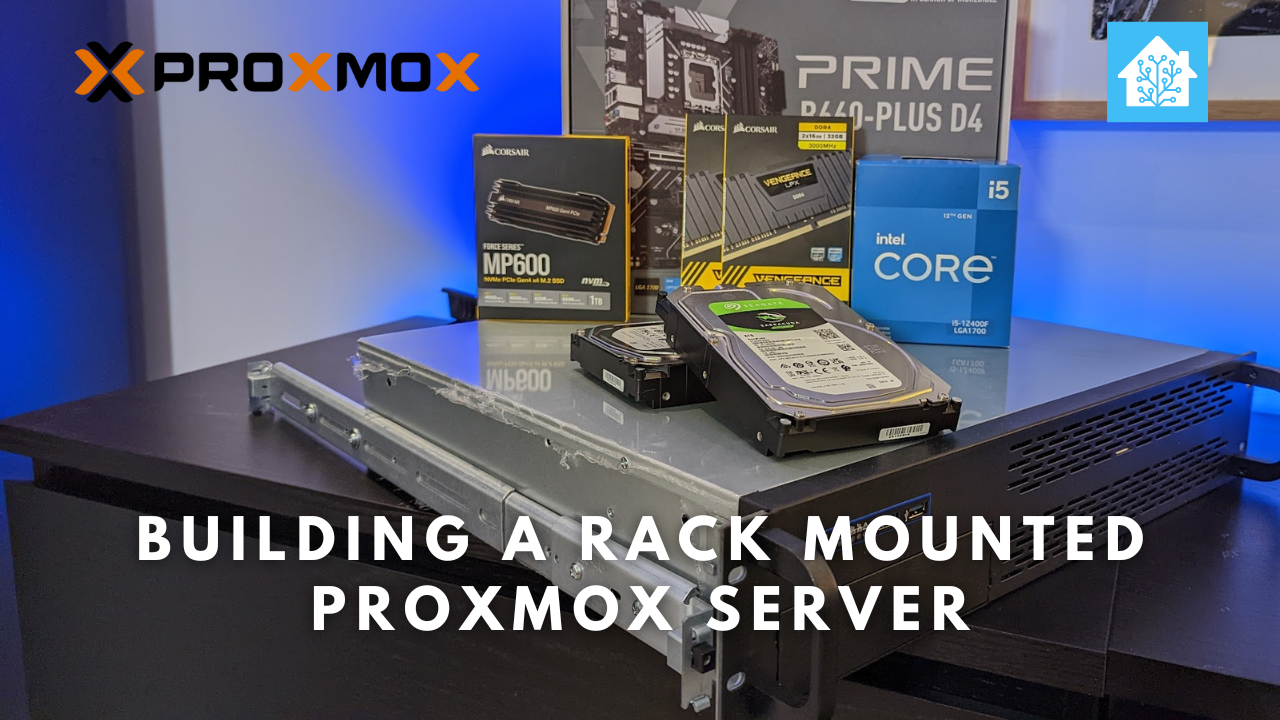Setting Up a Proxmox Home Server
Are you looking to set up a powerful home server that can handle all your virtualization needs? Look no further than Proxmox. This open-source platform combines two of the best virtualization technologies, KVM and LXC, to provide a robust and flexible solution for your home setup. In this article, we will guide you through the process of setting up Proxmox on your home server so you can take full advantage of its capabilities.
System Requirements
Before we get started, let’s make sure your hardware meets the recommended system requirements for running Proxmox. You will need a 64-bit processor with virtualization extensions (Intel VT-x or AMD-V), at least 4GB of RAM, and a minimum of 32GB of free disk space for installation.
Installation Steps
1. Download the latest Proxmox ISO from the official website and create a bootable USB drive.
2. Boot your server from the USB drive and follow the on-screen instructions to install Proxmox.
3. Once the installation is complete, access the Proxmox web interface by entering the server’s IP address in your browser.
4. Log in with the default username ‘root’ and the password you set during installation.
Configuring Proxmox
Now that Proxmox is installed, it’s time to configure your server to meet your specific needs. You can create virtual machines, containers, and storage pools to organize your resources effectively. Proxmox also includes a powerful web-based management interface that makes it easy to monitor and manage your virtualized environment.
Network Setup
Proxmox allows you to set up virtual networks to connect your virtual machines and containers. You can create bridges, VLANs, and bond interfaces to customize your network environment. Make sure to configure your network settings properly to ensure seamless communication between your virtualized instances.
Backing Up Your Data
One of the essential tasks of a home server setup is to back up your data regularly. Proxmox offers built-in backup tools that allow you to create full or incremental backups of your virtual machines and containers. You can schedule backups to run automatically and store them on external storage devices for added security.
Security Measures
Security should be a top priority when setting up a home server. Make sure to configure your firewall settings, enable secure access protocols, and regularly update your Proxmox installation to keep it secure against potential threats. You can also implement additional security measures such as two-factor authentication to protect your server from unauthorized access.
Conclusion
Setting up a Proxmox home server can be a rewarding experience that allows you to take full control of your virtualized environment. By following the steps outlined in this article, you can create a robust and secure home server setup that meets your specific needs. So why wait? Start your Proxmox journey today and unlock the full potential of your home server.
